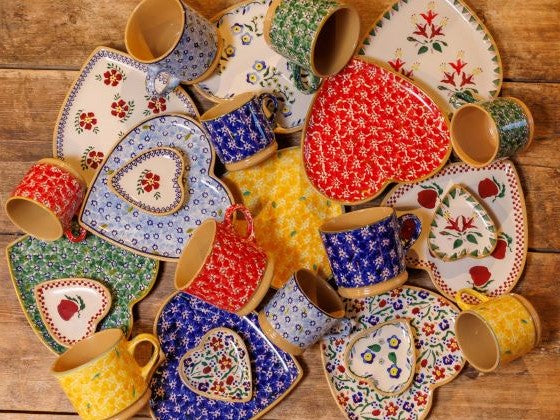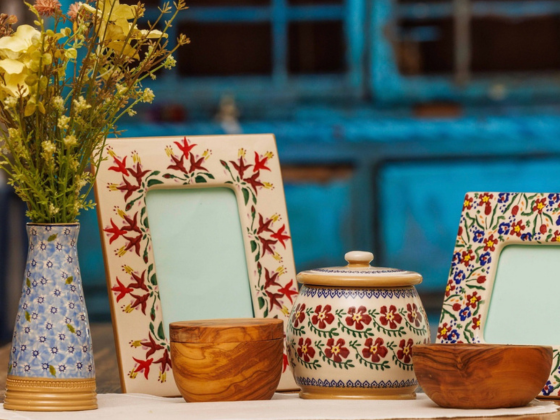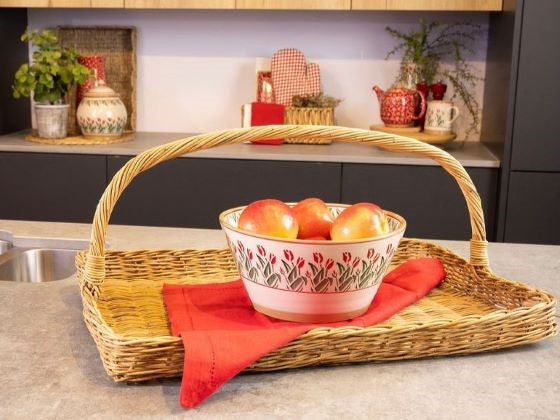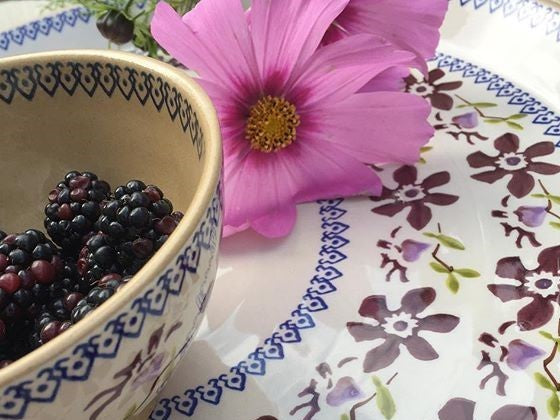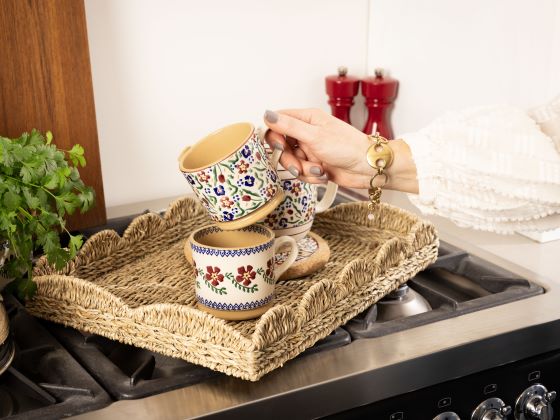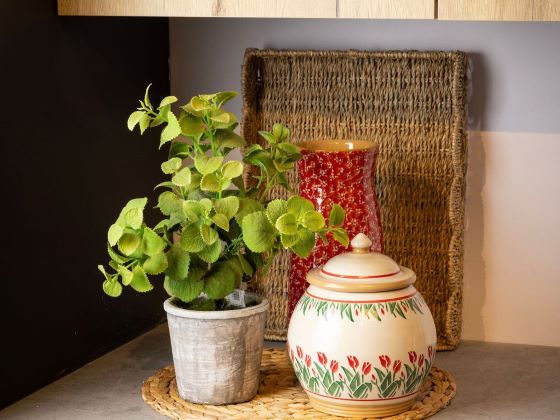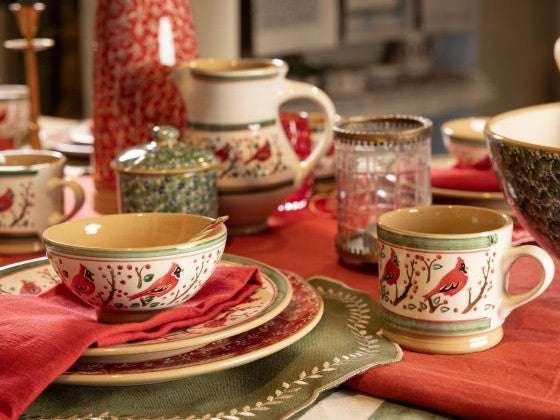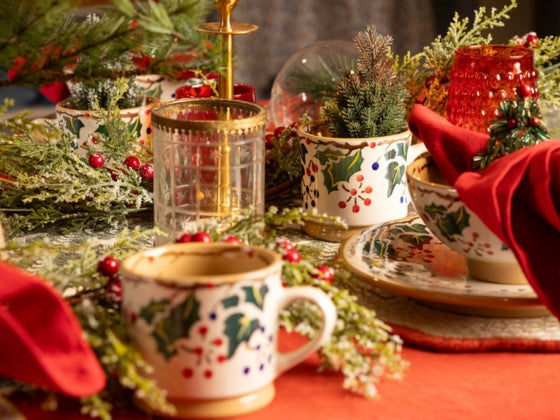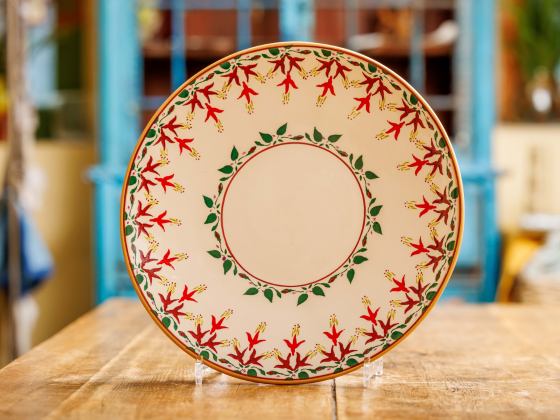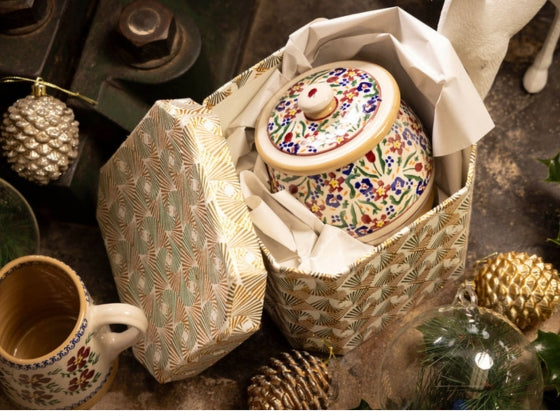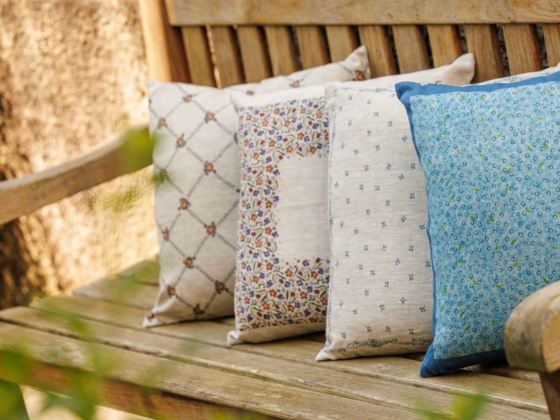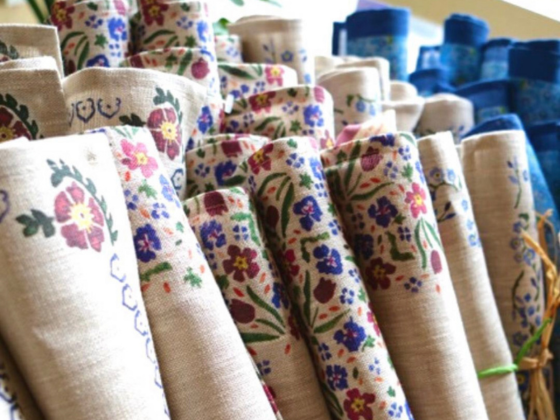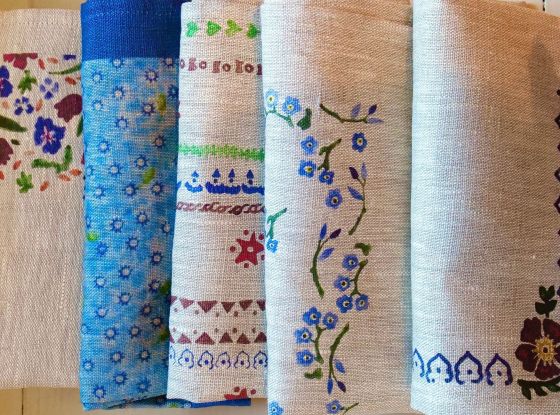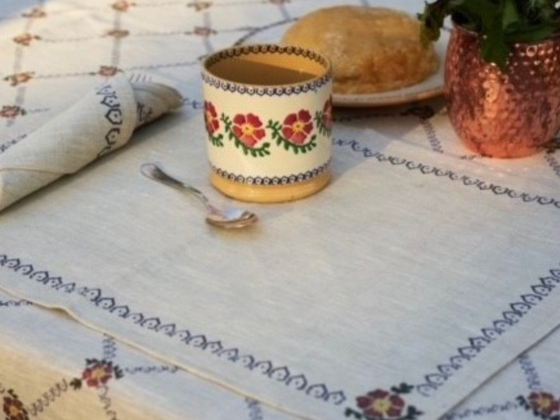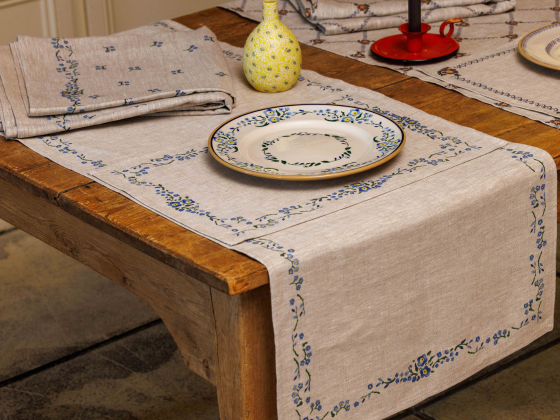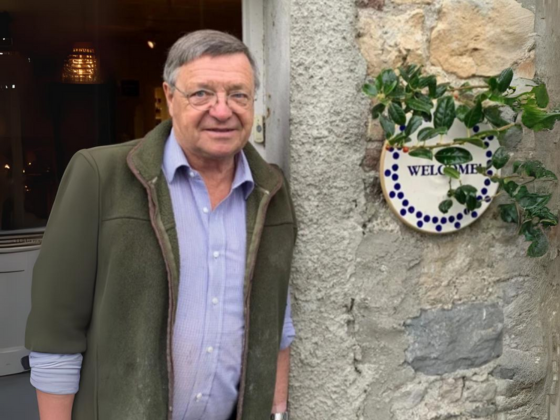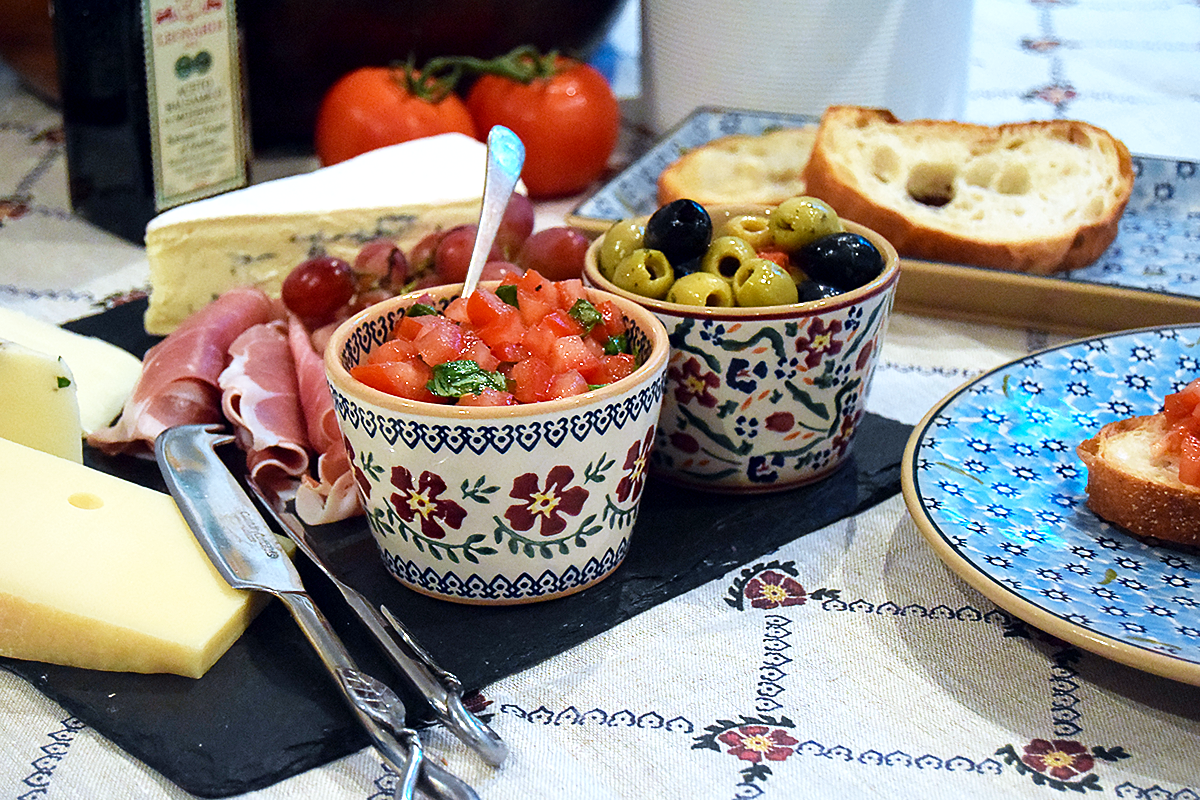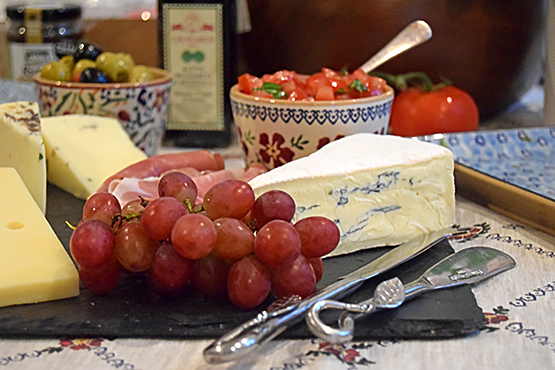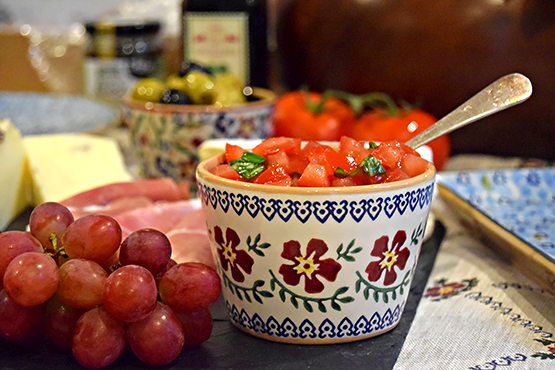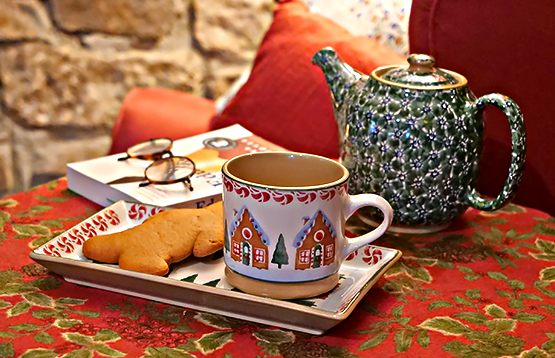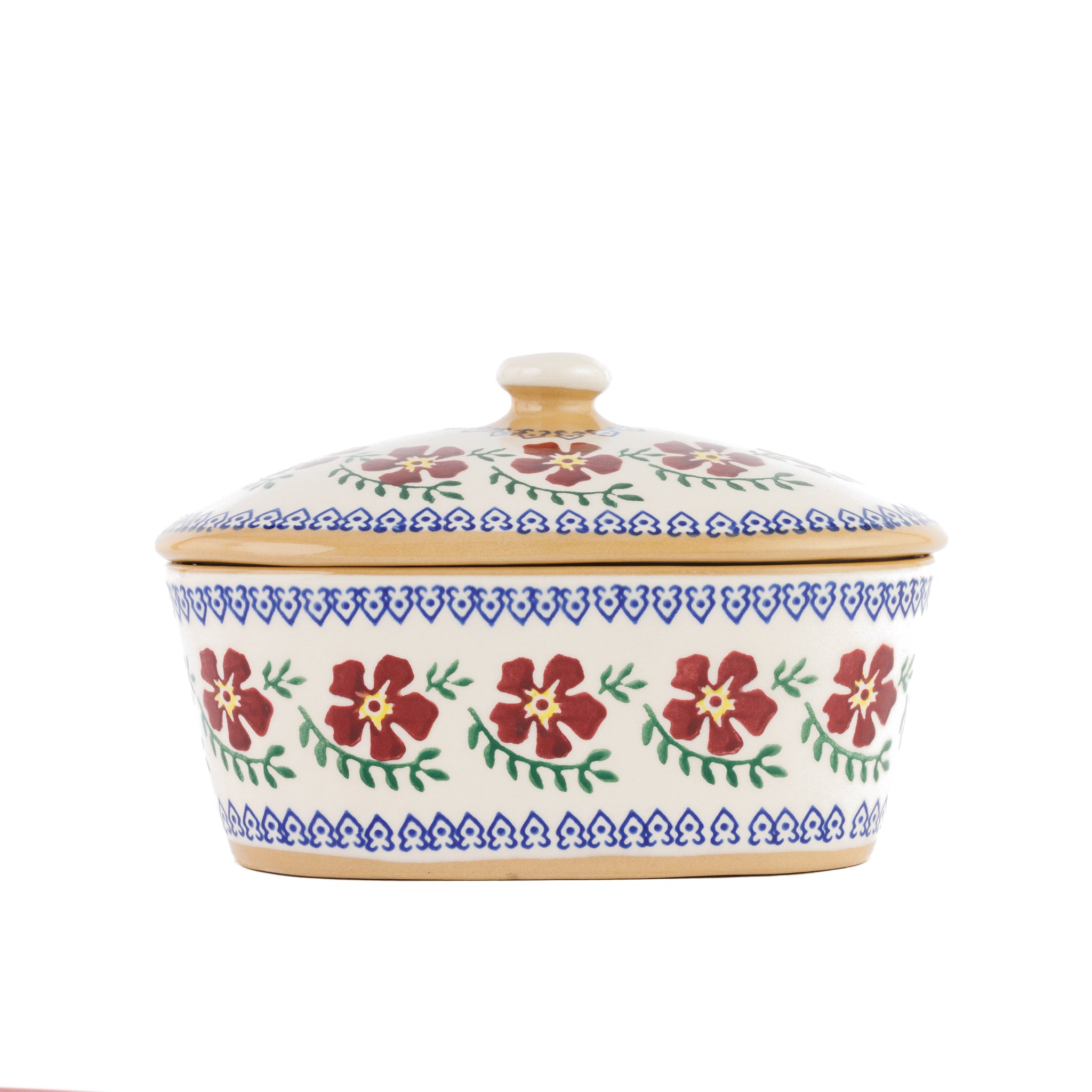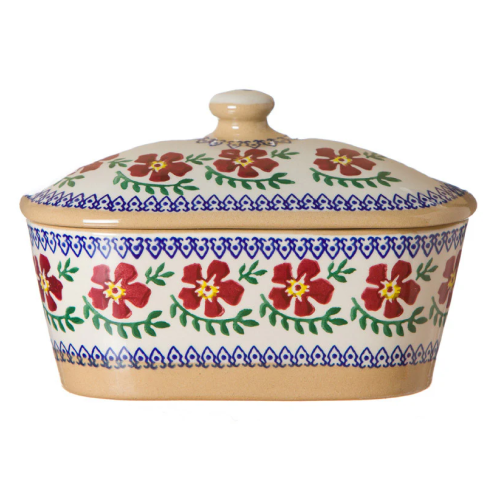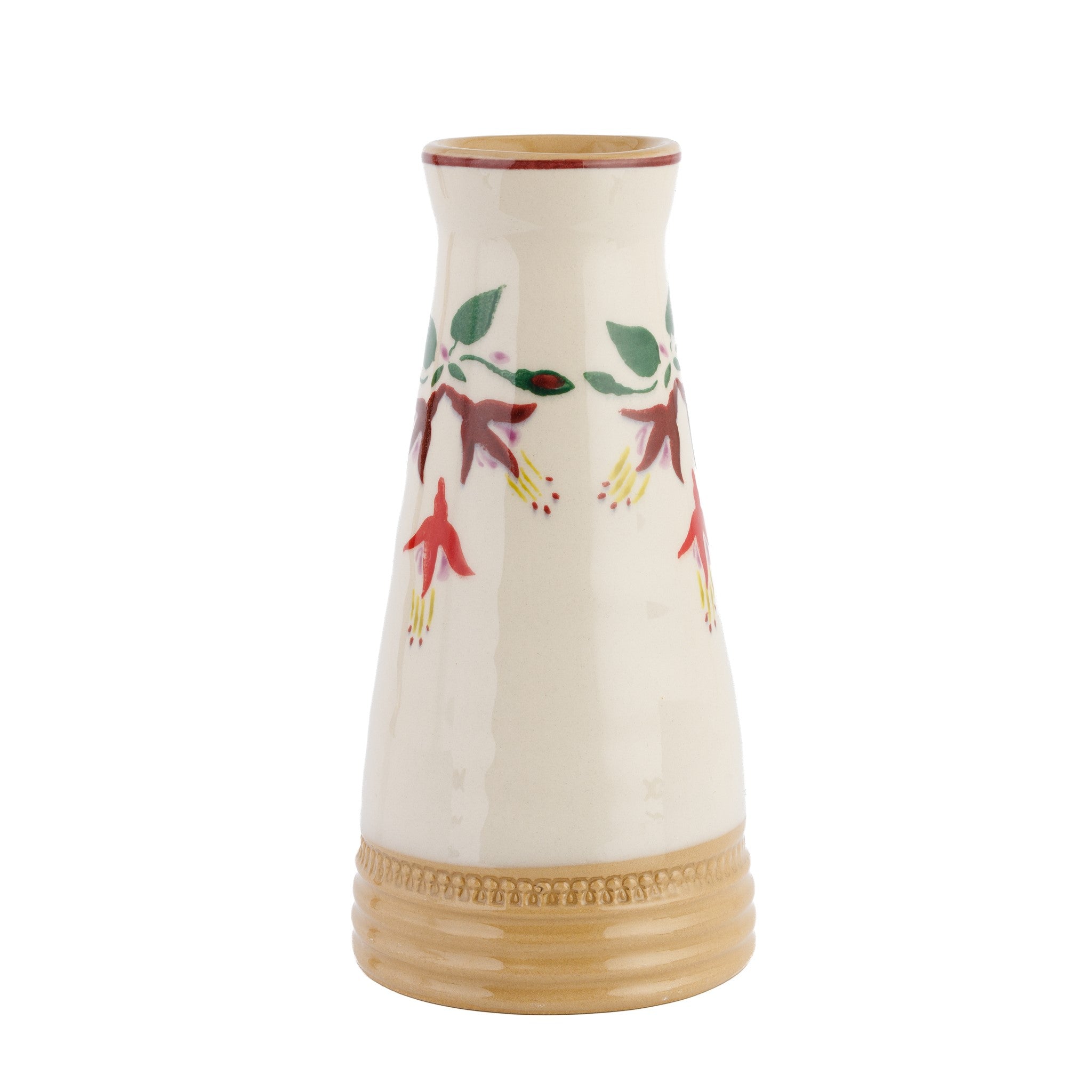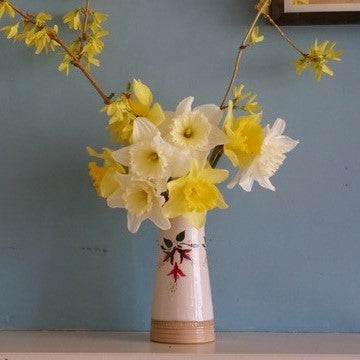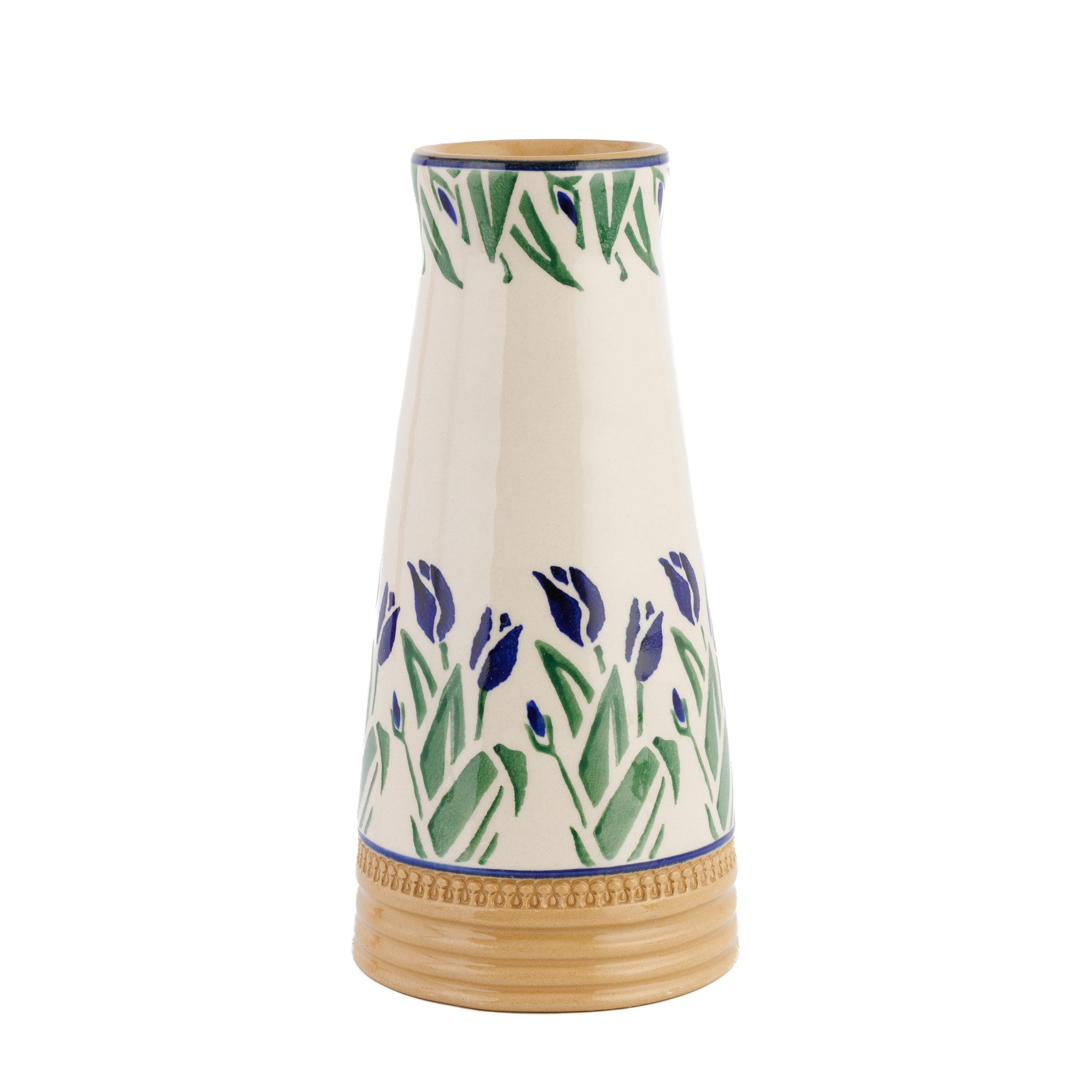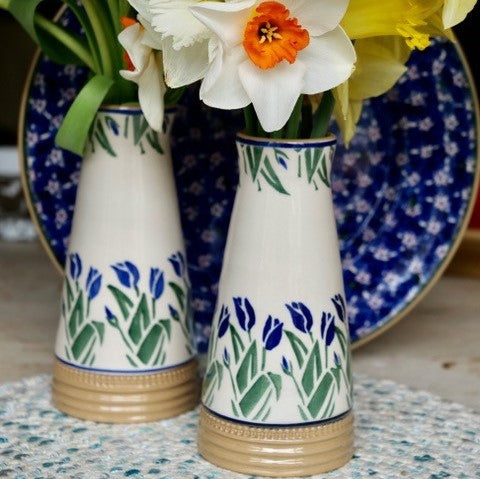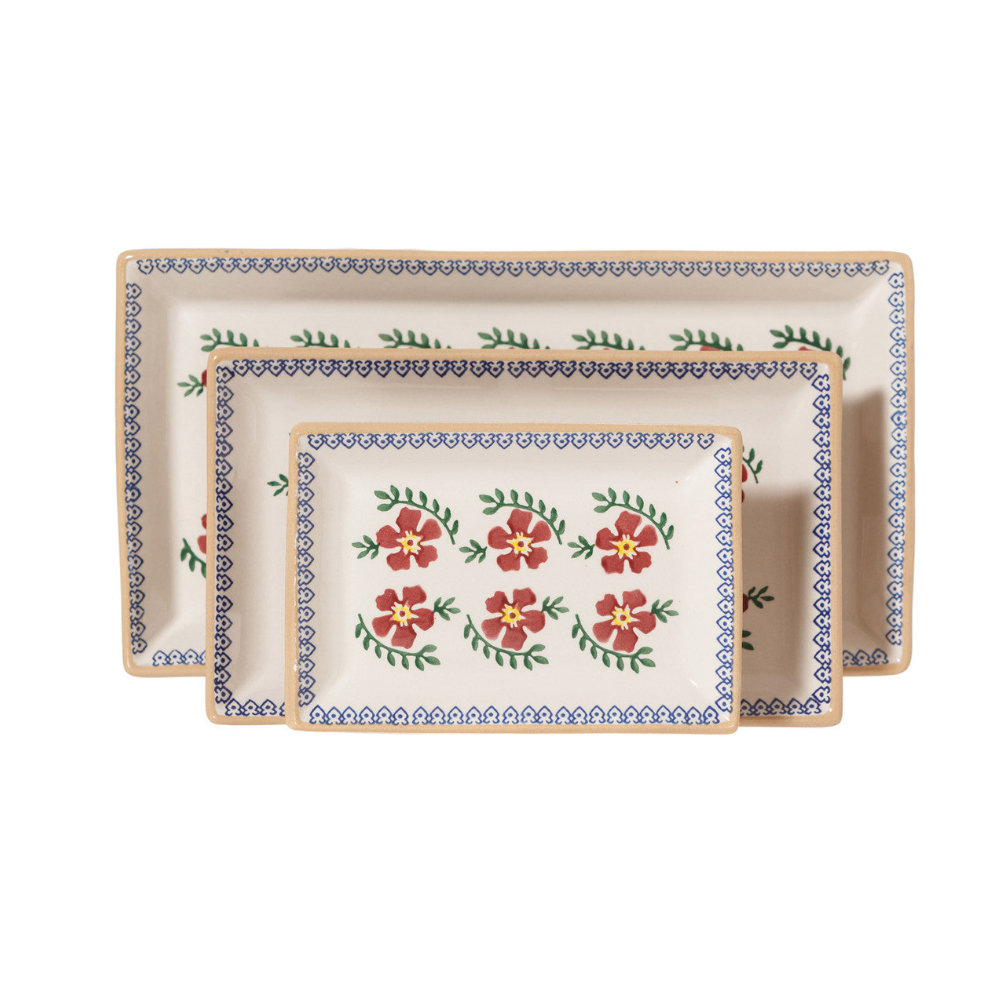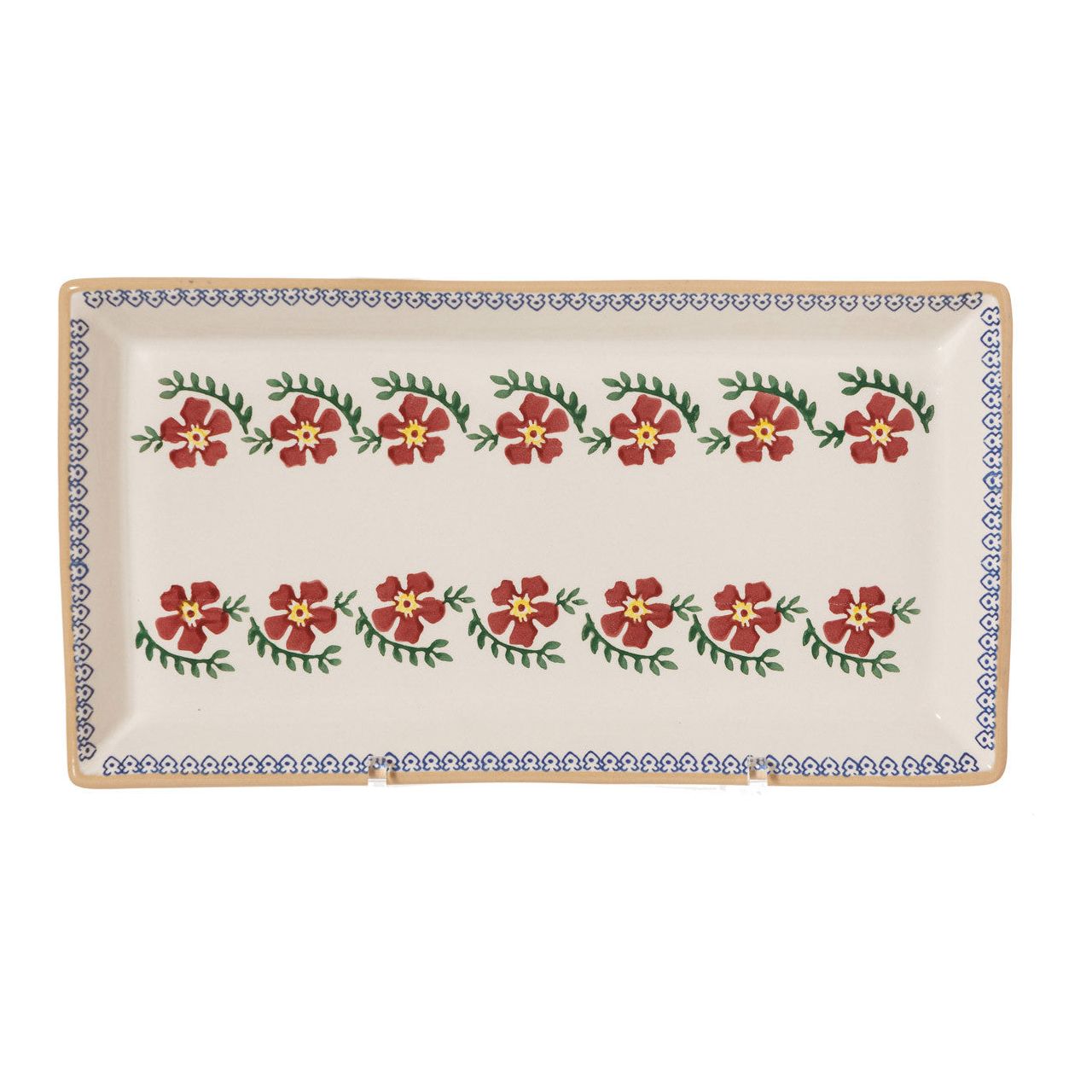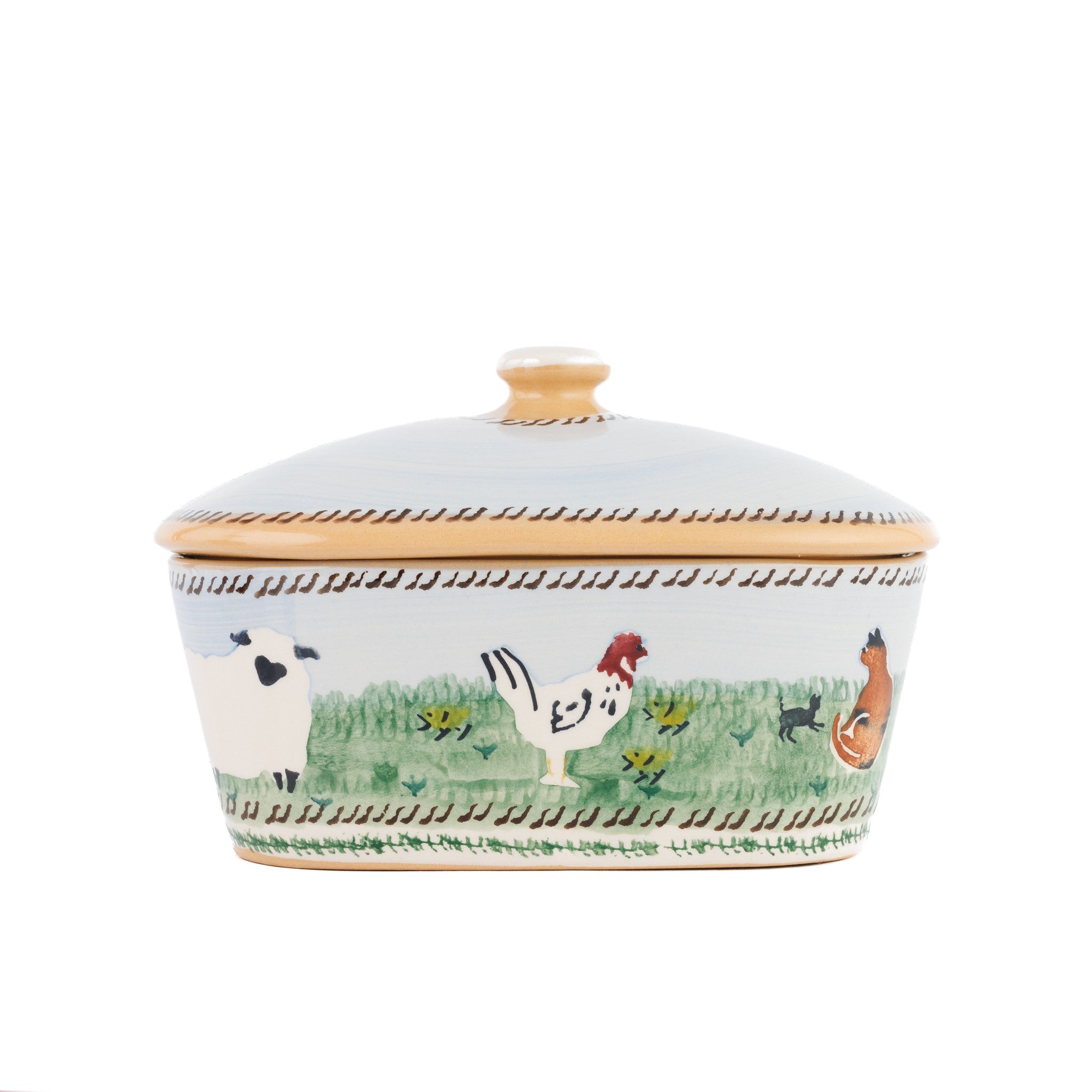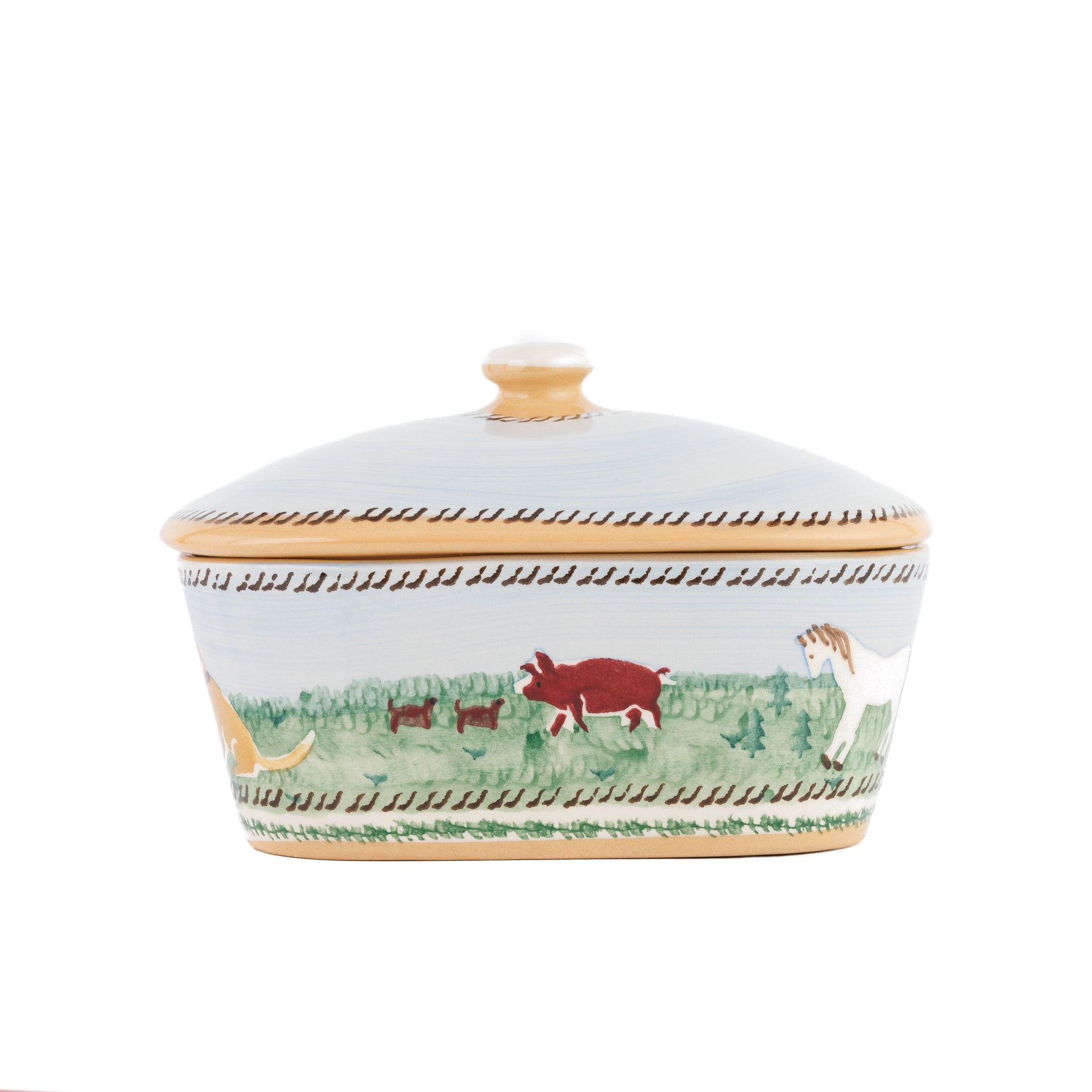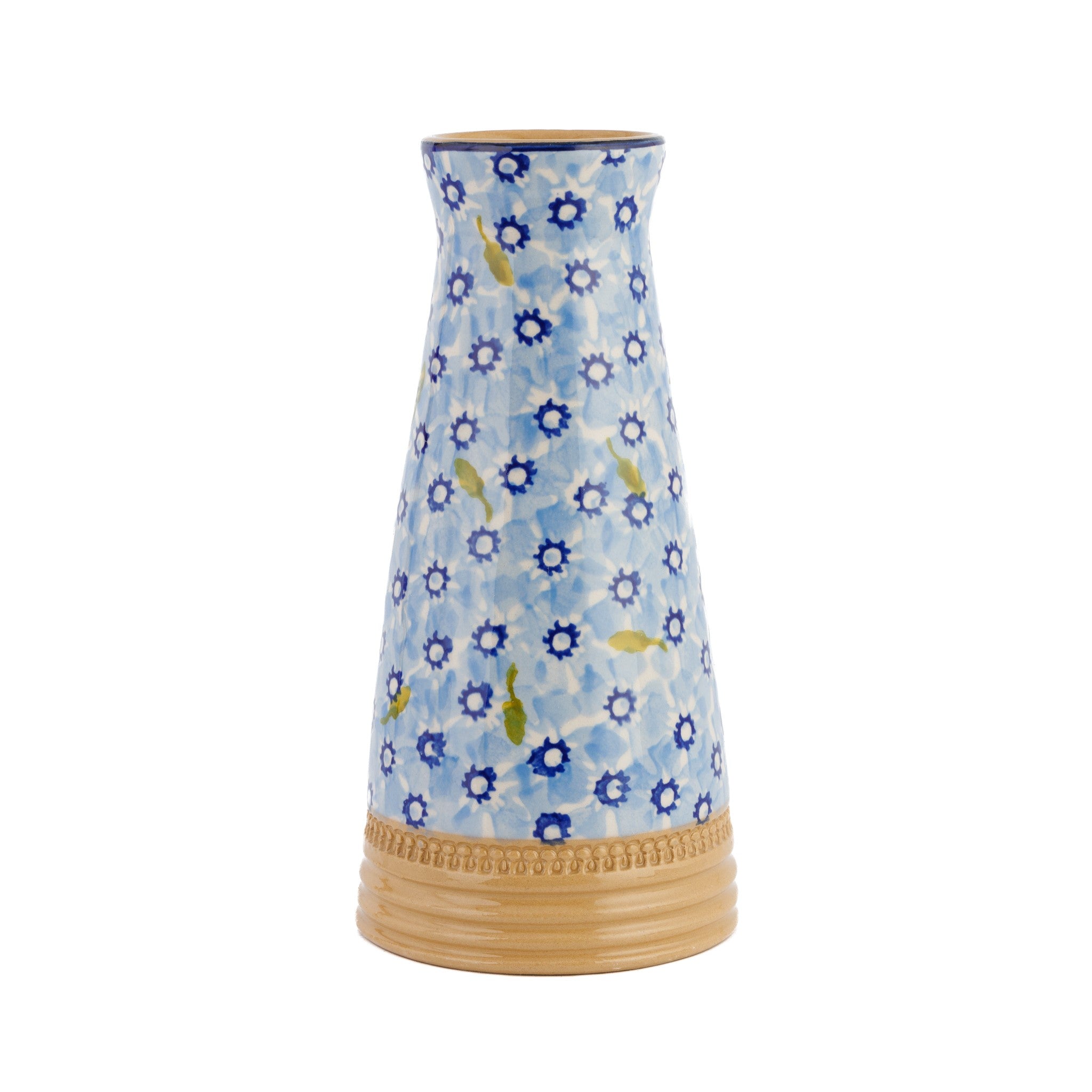The traditions we follow at Thanksgiving, Christmas and New Year involve a lot of
'meal theatre'. These rituals follow family scripts that we know by heart and love all the more because they only take place and we only get to savour these foods once a year. To my mind, the cheese platter is always a bit of an understudy - as good as the main star and ready in the wings, but often only presented when everyone is still rather full from the main course. So, to let cheese have a moment to shine more prominently during this upcoming season of celebrations when we come together with family and friends, we can switch parts and bring the cheese board centre stage by serving it as a meal in itself. And, like a cheese fondue where everyone dips into the same pot of deliciousness, or an array of tapas that is slowly grazed on, a cheese platter is a perfect way to cater for a larger group in a relaxed and informal way where everyone can truly partake of the occasion as a whole.
Casting cheeses
The island of Ireland has an amazing choice of cheesemakers and wherever you are you’ll find special local gems too. Much to my delight, small delis will often very generously let you try titbits of carefully shaved off tasty slivers to help you decide what to select. Starting with a field trip to your nearest deli is a good idea to find the local cheeses that have been made by families for generations, raw milk cheeses and to discover the huge wealth of maturity, texture and milk types within each style of cheese, whether it’s blue, hard, semi-soft or looking so mature in its softness it’s about to run off the platter. A cheese board only needs a few, carefully picked pieces to offer a richness and diversity of indulgent morsels.
Juicy fruits - fill some custard cups with tomato salsa and olives as pleasantly quenching and sweet sides for cheese.
Contrasting sides
Once the stage is set with your ‘troupe’ of cheeses on a beautifully solid wooden
board it’s time to bring in supporting actors. The accompanying sides will add a
sense of abundance to the platter as well as balance to the intense flavours. For
cheese accompaniments it really depends what your tastebuds respond to, but my approach is more often based on contrasting tastes and textures. I tend to choose foods that are quenching to offset the saltiness of cheese. Crisp slices of apple and pear work brilliantly with all cheese, as well as being helpful palate cleansers. A sharp, vinegary cornichon or a peppery radish will add some bite, while relishes, fruit jams and jellies are also great to have on hand to enhance the cheese. Add stacks of light crackers and thin oatcakes onto a Rectangular Dish and your platter is complete.
Season’s Greetings to you all, and three cheers for cheese!
Susan Mosse
We love to source local produce. Visit our store and pair one of our Custard Cups with a jam or chutney from Crossogue Preserves in Tipperary. A sweet and delicious gift to give.
Some practical cheese notes
- Before serving let the cheese reach room temperature to release all the flavour and texture, both of which are subdued by low temperatures. This might take up to an hour.
- Have one knife for each cheese so that bits of softer cheese don’t spread across the whole board.
- I love the way a cheese platter brings people together around a communal plate and while I’m not one for formalities there is some cheese etiquette that’s worth noting for the sake of your fellow cheese-eaters. Cheese is alive and isn’t always consistent in taste and texture throughout. To give everyone the chance to have a share – from the central ‘nose’ end to the outer parts - when cutting a slice for yourself the idea is to ‘maintain the wedge’ and cut along one edge to retain the triangular shape of the wedge.
- When cutting cheese, the idea is to cut it so that its basic shape can still be identified. Therefore their type and origin remain clear to the cheese eaters that there are several types of cheese on the board.
Products shown:
Table Square Cloth Old Rose 40", Custard Cup Old Rose, Custard Cup Wild Flower Meadow, Medium Rectangular Dish Lawn Light Blue, Everyday Plate Lawn Light Blue

